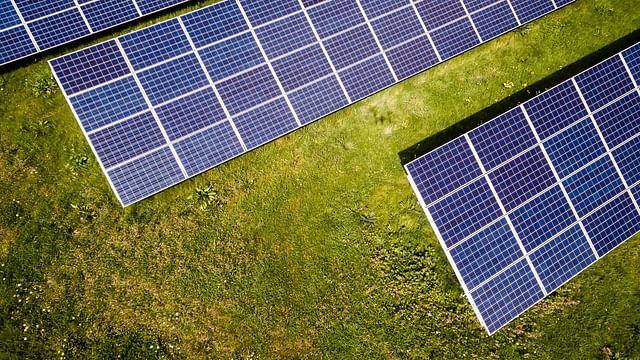
Step-by-Step Guide: How to Automate Your Home Lighting for Convenience and Energy Savings
Are you tired of constantly flipping light switches on and off? Do you want to reduce your monthly electricity bills and save energy? Look no further, home lighting automation is your solution!
Automating your home lighting is an easy and cost-effective way to enhance your home's convenience and energy efficiency. With the help of smart bulbs, switches, and motion sensors, you can control your lights with your voice, smartphone, or tablet. Plus, you'll be able to save energy and reduce your electricity bills.
Whether you're new to home automation or a seasoned pro, here's a step-by-step guide on how to automate your home lighting.
Step 1: Choose your lighting system
Before you start automation, you need to choose your lighting system. There are two main options: smart bulbs or smart switches.
Smart bulbs are a great first step to home automation as they are easy to install and use. You can screw a smart bulb into your existing light fixtures and control them using your smartphone or voice assistant. With smart bulbs, you can change the color and brightness of your lights and even set schedules.
On the other hand, smart switches replace your existing light switches and can control several lights in one room at once. They can be more complicated to install, but they offer a seamless and uniform lighting experience throughout your home. Smart switches often come with different features such as dimming and scheduling.
Consider your lifestyle and what system would work best for you.
Step 2: Install your lighting system
Once you have chosen your lighting system, it's time to install it. If you choose smart bulbs, simply replace your old light bulbs with smart ones. You'll also need to connect each bulb to your Wi-Fi network and download the corresponding app to control them.
If you choose smart switches, you'll need to turn off the electricity to the light switch and remove the old switch. Then, you'll connect the smart switch and install a faceplate before turning back on the electricity.
Safety is crucial, so if you're uncomfortable with electrical installation or if you're unsure about any step, consult a licensed electrician.
Step 3: Connect your lights to automation
With your smart bulbs or smart switches installed, it's time to connect them to automation. You can do this by using automation platforms such as Amazon Alexa, Google Home, or Apple HomeKit.
The setup process may vary depending on your chosen platform, but in most cases, you'll need to connect your smart bulbs or switches to your automation platform through their corresponding apps.
Step 4: Take advantage of automation features
Now that your lights are connected to automation, you can start taking advantage of the platform's features.
One of the most convenient features of home automation is voice control. Thanks to virtual assistants like Amazon Alexa or Google Assistant, you can now control your lights just by saying "Alexa, turn off the bedroom lights" or "Hey Google, dim the living room lights". You can also set schedules so that your lights turn on and off at specific times or when motion is detected.
Motion sensors are also an excellent way to save energy while enhancing your home's convenience. When your motion sensor detects that no one is in the room, it can automatically turn off the lights, saving energy and reducing your electricity bills.
Step 5: Expand your lighting automation
Congratulations! You have successfully automated your home lighting. But why stop there?
Now that you're familiar with the basics of home automation, you can expand your system to include other devices such as smart locks, thermostats, and security cameras.
Smart locks can integrate with your lighting system, so when you unlock the front door, your home's lights turn on automatically. Smart thermostats can adjust your home's temperature based on your family's schedule or when you're away from home, saving energy and money. Security cameras can connect to your smartphone, allowing you to monitor your home from anywhere.
By adding other home automation devices, you can create a personalized and energy-efficient smart home.
Conclusion
In conclusion, automating your home lighting is a great first step to home automation. With smart bulbs, switches, and motion sensors, you can control your lights with your voice or smartphone while saving energy and money on your electricity bills.
By following the steps above, you can easily install and connect your lighting system to your automation platform and take advantage of its features. And, with the ability to expand into other home automation devices, you can create a fully personalized smart home.
Ready to get started? Good luck and happy automating!
Posted on: Jan 4, 2023 Last updated at: Apr 10, 2023